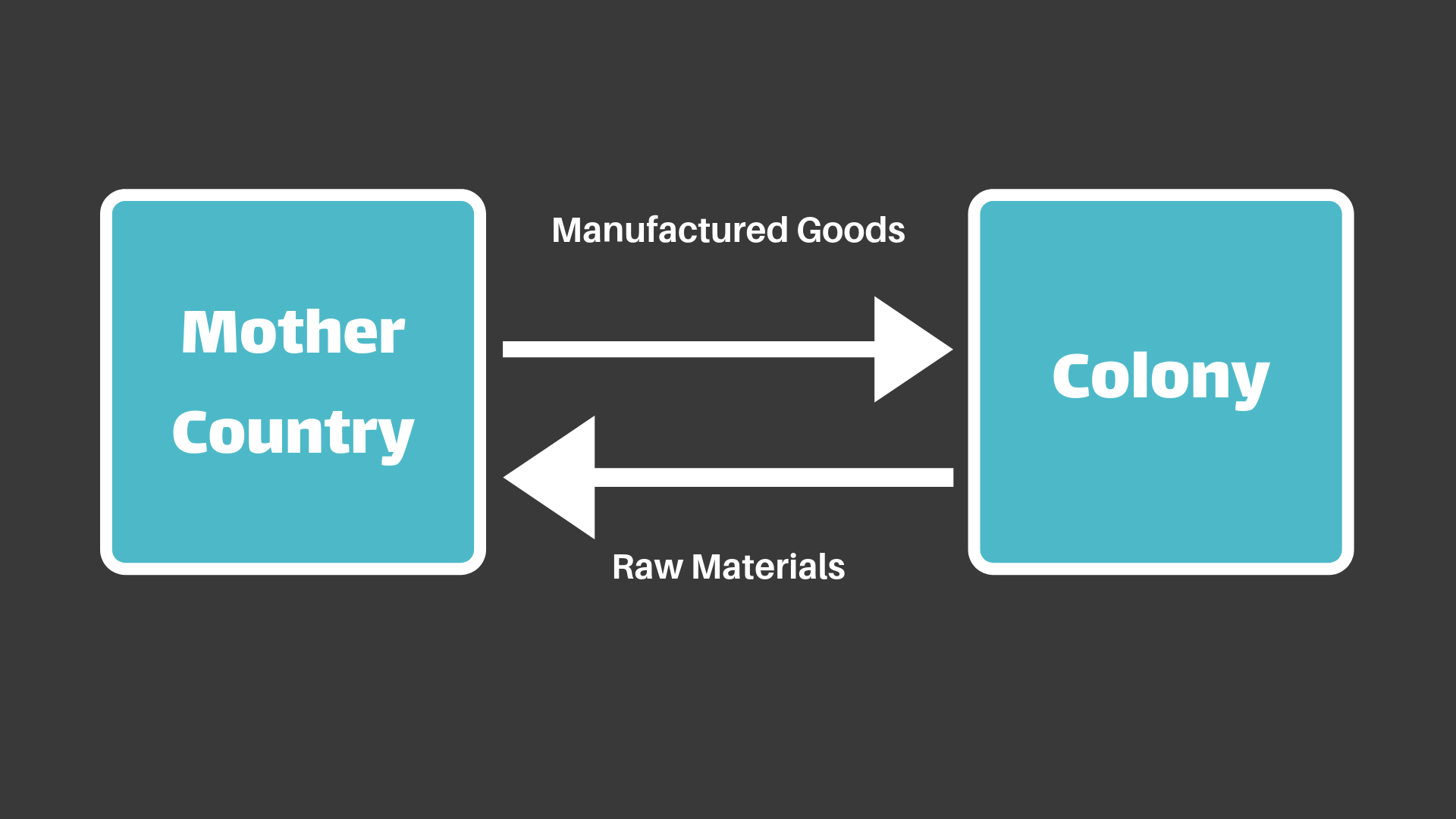AP US History: Mercantilism
2 min read•july 11, 2024
Dylan Black
AP US History 🇺🇸
454 resourcesSee Units
The economy of the first few units of APUSH can be summed up in one word: mercantilism. Mercantilism was an economic system that was prevalent between the late 1500s and the late 1700s that helped to define the American economy, from the founding of Jamestown all the way to the first few American presidents.
🎥 Live Stream Replay: APUSH Period 2 Review
📷Slides: Period 1 and 2
What is mercantilism?
Mercantilism is an economic system that focused on growing a nation’s wealth by exporting easily produced goods in exchange for limited imports. 💰 These nations would then collect raw materials to use in production as well as an abundance of precious or luxury goods such as gold and silver to make up the difference. 📈

In terms of APUSH, mercantilism was used to allow colonizers like Great Britain and France to gain a favorable balance of trade by using their colonies in the Americas.
Why Mercantilism?
⛵ Study Guide: Transatlantic Trade
- Nations were faced with internal economic problems due to individual towns or cities using tariffs on imports for their independent gain.
Colonization Process
Study Guide: Colonial Society and Culture
Once Europe’s superpowers had established trade routes with the New World, they began to colonize.👇🏼
- Sent military to conquer the natives.
- Sent missionaries to convert natives to Christianity.
- Sent over people to make permanent settlements.
- New colony!
How did Mercantilists interact with colonies?
Interactions with Colonies🚢
⚖️ Study Guide: Comparisons in Period 2
- Mercantilist policies treated colonies as an extension of the mother country. All finished goods they needed were to be bought from there (a good early example of this is Spain and the South American colonies).
- Furthermore, colonies were to supply raw materials to their imperialist counterparts.
- These raw goods sometimes included precious metals, which were added to the country's bounty of bullion.
- The cycle would continue as the colonizer would produce goods with the materials and trade them back into the markets from which they originated.
Between 1607 and 1800, mercantilism was the main source of economic gain for colonizers such as Great Britain even leading to protectionist trade policies like the Navigation Acts. It's one of the most important topics in the first 3 units of APUSH and a must-know to do well on your exam. Good luck!
Browse Study Guides By Unit
🌽Unit 1 – Interactions North America, 1491-1607
🦃Unit 2 – Colonial Society, 1607-1754
🔫Unit 3 – Conflict & American Independence, 1754-1800
🐎Unit 4 – American Expansion, 1800-1848
💣Unit 5 – Civil War & Reconstruction, 1848-1877
🚂Unit 6 – Industrialization & the Gilded Age, 1865-1898
🌎Unit 7 – Conflict in the Early 20th Century, 1890-1945
🥶Unit 8 – The Postwar Period & Cold War, 1945-1980
📲Unit 9 – Entering Into the 21st Century, 1980-Present
📚Study Tools
🤔Exam Skills
👉🏼Subject Guides
📚AMSCO Notes

Fiveable
Resources
© 2025 Fiveable Inc. All rights reserved.